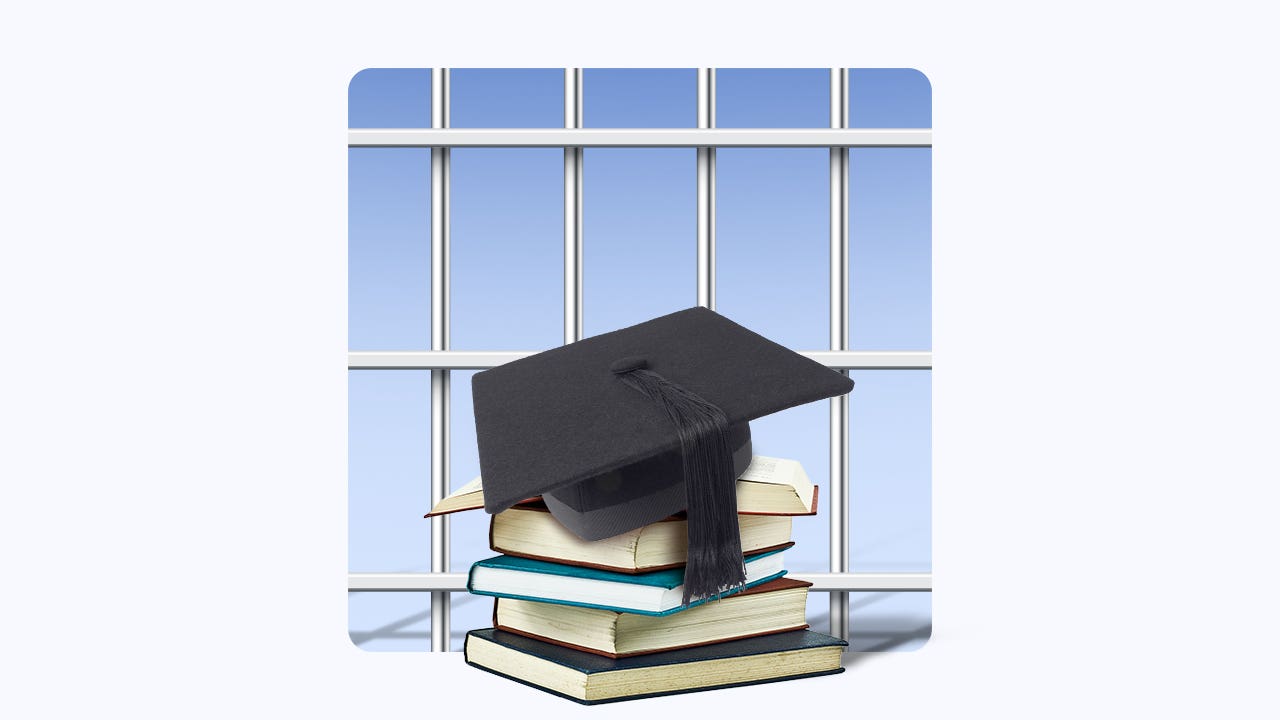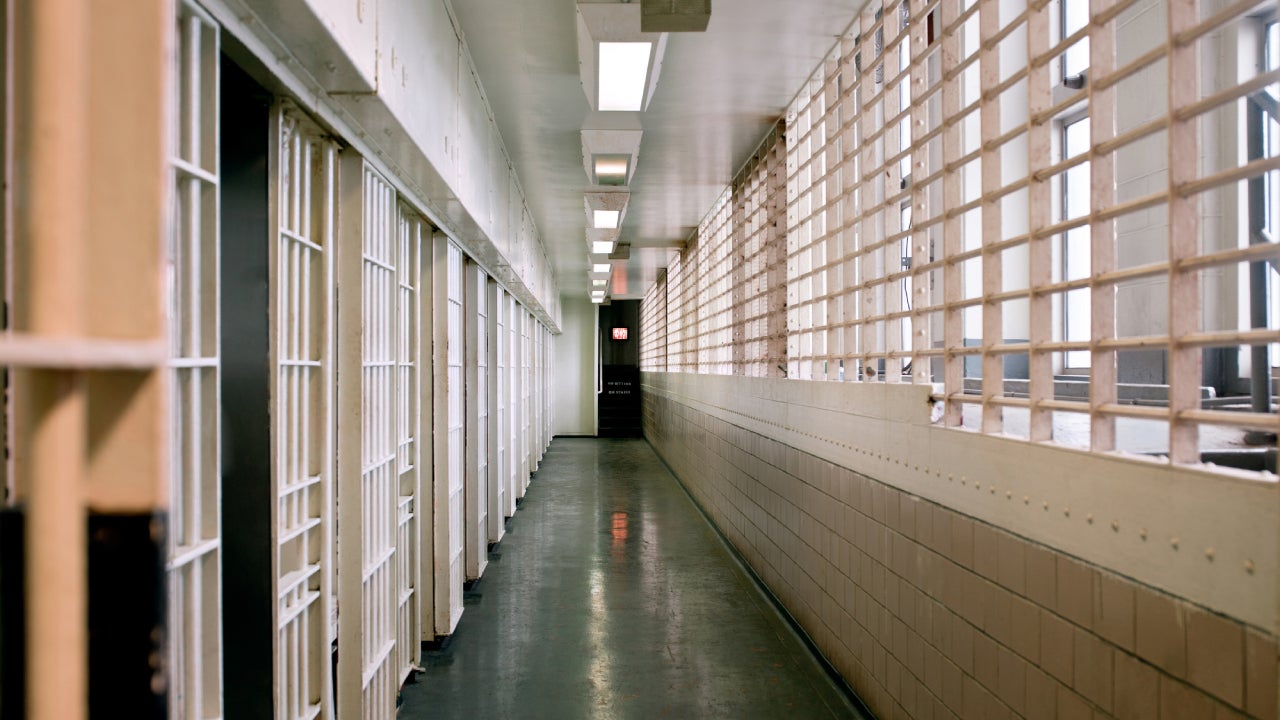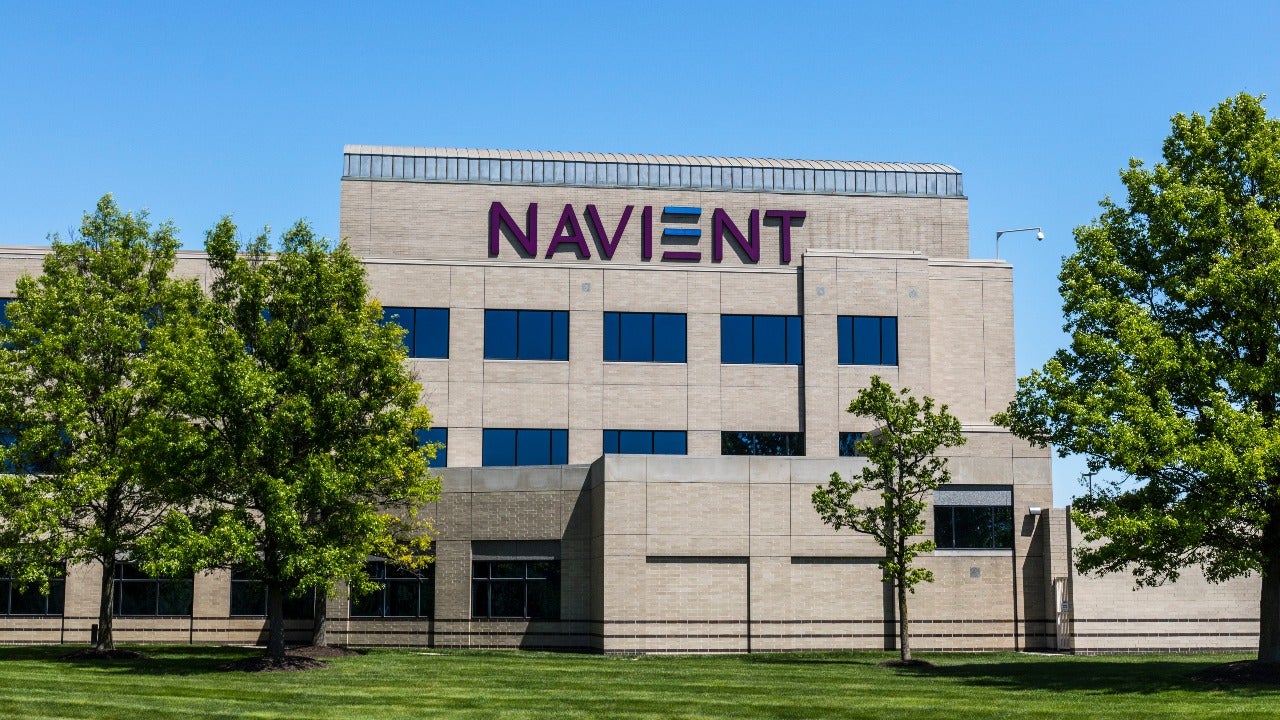Attending college while incarcerated: What to know




Key takeaways
- The number of prison education programs is growing, but the offerings are still limited throughout state and federal prisons.
- Many higher education prison programs are offered at no cost and are funded by the state in which the facility is located or by colleges and universities.
- It can be difficult to qualify for prison education programs as you often must have a good record and there are limited seats available.
Prison education programs have been on the rise over the last few years. According to a report by the Alliance for Higher Education in Prison, there are around 400 higher education prison programs, which is a 9 percent increase from the 2019-2020 academic year. A survey by New America shows nearly 70 percent of incarcerated adults from both state and federal prisons are interested in obtaining a certificate or a college degree.
Can you get a college degree in prison?
Yes, it is possible to get a college degree in prison, but your options may be limited. Some prisons may not offer college courses as part of their education program. If you are currently in prison, talk with your prison education program staff to figure out your options.
As of 2021, the vast majority of higher education prison programs offer only post-secondary certificates or associate degrees. Only 38 of them offer bachelor’s degrees and eight offer master’s degrees.
When looking for a good college prison program, it’s important to consider a few things:
-
Does the college offer correspondence programs, and what kind? There are both web-based and paper-based correspondence programs. Web-based correspondence programs require internet access and may not work for prisoners. Look for correspondence programs that are entirely paper-based. Other prison college programs provide other ways that prisoners can attend classes, but it all depends on where you are in prison.
-
Are the courses accredited? Accredited courses meet standard requirements for similar courses. It also means your course credits can more easily transfer between different educational institutions.
- Will taking these courses lead to a degree? If you find a college that offers paper-based correspondence programs but doesn’t offer enough courses to get a degree, it may not be the best program for prisoners. Look for colleges or universities that offer enough qualifying courses for a degree.
Can prisoners go to college for free?
The Obama administration started an experimental initiative in 2015 to provide Pell Grants to inmates to make their college education free. Previously, Pell Grants for prisoners had been banned, but this was overturned by Congress in December 2020, making them available to prisoners for the 2023-2024 school year.
As of February 2025, the future of Pell Grants and the current education system remain in question. President Trump has discussed a desire to remove the Department of Education, which oversees student aid initiatives like the Pell Grant, but his plans are largely unknown.
Additionally, the Pell Grant Fund is set to be $2.7 million short of its budget come March 2025. Without a new plan, it’s possible the program may not be able to offer the same level of assistance for inmates.
5 Limitations to college programs for prisoners
Some factors make it difficult to go to college in prison. Here are the main limitations:
1. Degree programs are often limited
Not all prisons have an education program, and not all colleges have courses that work for inmates. Incarcerated students may have limited options when choosing their field of study. “So, if the one college that offers a program in your facility is offering an associate degree in business — that’s all you’re going to get,” says Bradley Custer, a higher education scholar and policy analyst with the U.S. Department of Education.
2. Not everyone can enroll
Scarcity of programs is yet another barrier. “By and large, there’s more demand for college programs than there are seats available,” Custer says. Administrators usually decide who can enroll, favoring those who are closer to their release date and don’t have any recent history of disciplinary actions. Colleges also have their own set of admission requirements.
3. Limited class formats and learning resources
Some courses are only offered through distance learning, which take more discipline and motivation to succeed. That being said, many prison education programs are offered in-person at designated classrooms, and others like the Inside-Out Prison Exchange Program give incarcerated students a more immersive classroom experience.
4. It can be hard to make progress
An analysis by New America found that while almost a quarter of incarcerated individuals enroll in a college program, less than 10 percent of them complete their certificates or degrees while in prison. Although the analysis doesn’t delve into what may cause this, events like transfers and 24-hour lockdowns can get in the way of a student’s progress.
5. Funding
Many college programs are offered to incarcerated students at no cost since most are funded by the state and the colleges themselves through endowments. That said, there are some courses that may require students or their families to cover costs.
Scholarships for prisoners
Besides Pell Grants, there are a few other options available to help prisoners go to college for free. Some initiatives or scholarships may be limited to certain prison locations. Here are some options to consider:
- Prison Education Foundation Scholarship: Apply to get this scholarship if you are within seven years of your release date, and you are applying to an associate or bachelor’s degree program approved by the Prison Education Foundation. You must also be a U.S. Citizen with a high school diploma or GED.
- Bard Prison Initiative: Eligible incarcerated individuals at New York state area prisons can take free college courses through the Bard Prison Initiative. College degrees can be earned through Bard College.
- Georgetown University Prison and Justice Initiative: The Bachelor of Liberal Arts program offered through the Georgetown University Prison and Justice Initiative allows qualifying prisoners at the Patuxent Institution in Jessup, Maryland, to earn a college degree.
- Hudson Link for Higher Education in Prison: This program is available to incarcerated individuals in six different prisons throughout the greater New York area. Hudson Link partners with New York state colleges to provide college education and degrees to those accepted into their programs
Bottom line
There are a number of ways to attend college while incarcerated. Degree and class options may vary by prison location and specific prison education programs. Explore the degree programs available to you to figure out if you qualify.




